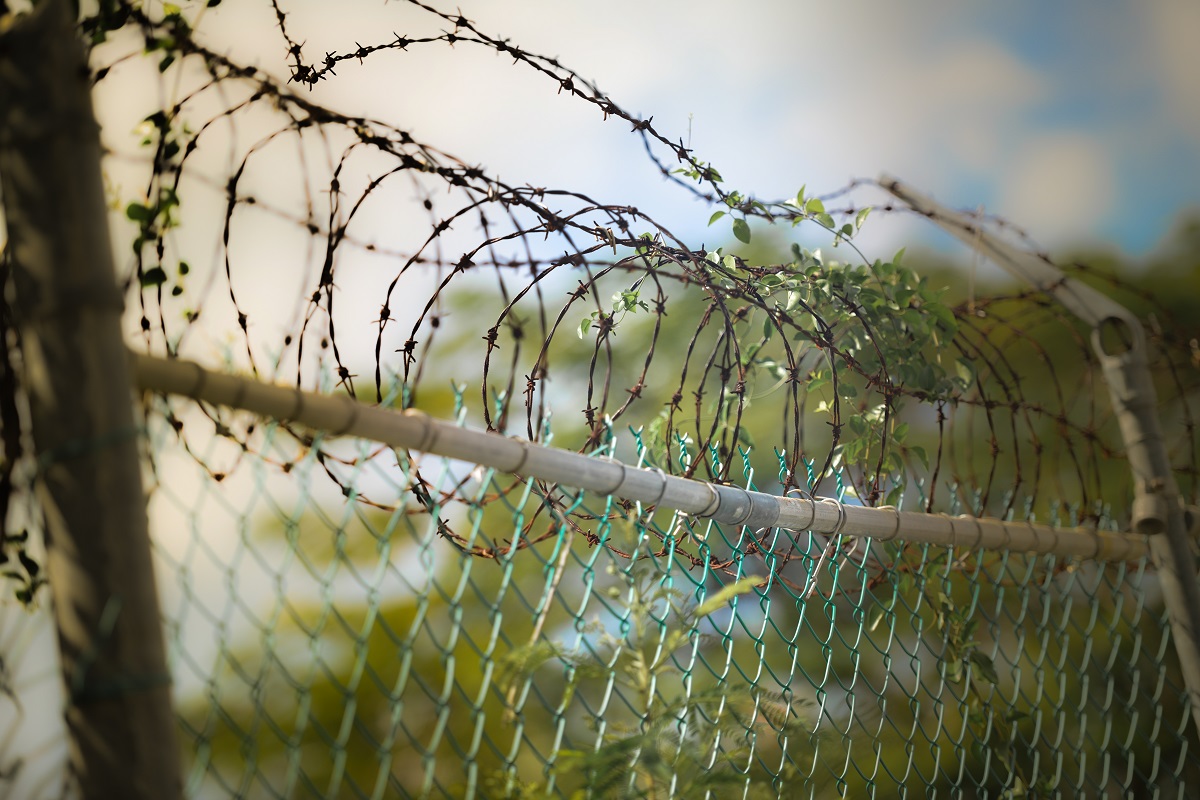The Baltic countries and Poland are actively working on strengthening the security of their borders by seeking funding for an ambitious project – the Baltic Defense Line. What makes this initiative interesting? Let’s find out.
A Project Uniting Countries
On September 28, the defense ministers of Estonia, Latvia, Lithuania, and Poland met in Latvia to discuss the possibilities of funding this large-scale project from the EU budget. Estonian Defense Minister Hannes Hanso noted that the initiative already has a good start as it is supported by all allies in the Baltic region. The main focus is on cooperation with Poland and potential partnership with Finland.
It is important to understand that the Baltic Defense Line is not just a few fortifications. It is a complex of defense structures aimed at securing the borders of the European Union from potential threats from Russia and Belarus. The goal of this initiative is to strengthen NATO’s frontline defense and create a reliable shield for the entire European continent. Therefore, it is logical that the Baltic countries want to attract funding from the EU, as this project concerns not only their national interests but also the security of the entire Union.
Poland and the “Eastern Shield”
Parallel to the creation of the Baltic Defense Line, Poland is developing its own project called the “Eastern Shield”. This is a similar initiative aimed at strengthening the country’s security. Poland is actively preparing for potential threats and has already initiated the construction of new defense facilities. This underscores that the security of Eastern Europe is a priority for all countries in the region.
Why is the Baltic Defense Line important for the EU?
In modern realities, where security on the European continent is constantly under threat, the Baltic Defense Line becomes an important element in ensuring peace. The defense structures planned to be built along the borders should help deter potential aggressor attacks. According to the plan, the line will include 40 strong points, 12 storage zones, and numerous other defense structures. It is not just fortifications, but a complex mechanism that will be adapted to the specific conditions and capabilities of the enemy.
Ukraine’s Experience
Another interesting aspect of the meeting was discussing Ukraine’s experience in building defense structures. Ukraine, which has been in a state of war in recent years, has accumulated invaluable experience in creating defense lines, which it now shares with its allies.
If the EU provides funding, the Baltic Defense Line will become a reality in the coming years. This will not only strengthen the positions of the Baltic countries and Poland but also be an important step in protecting the whole of Europe from military threats.
What are your thoughts on this project? Will the Baltic Defense Line help strengthen security in Europe? Be sure to share your opinion in the comments.


